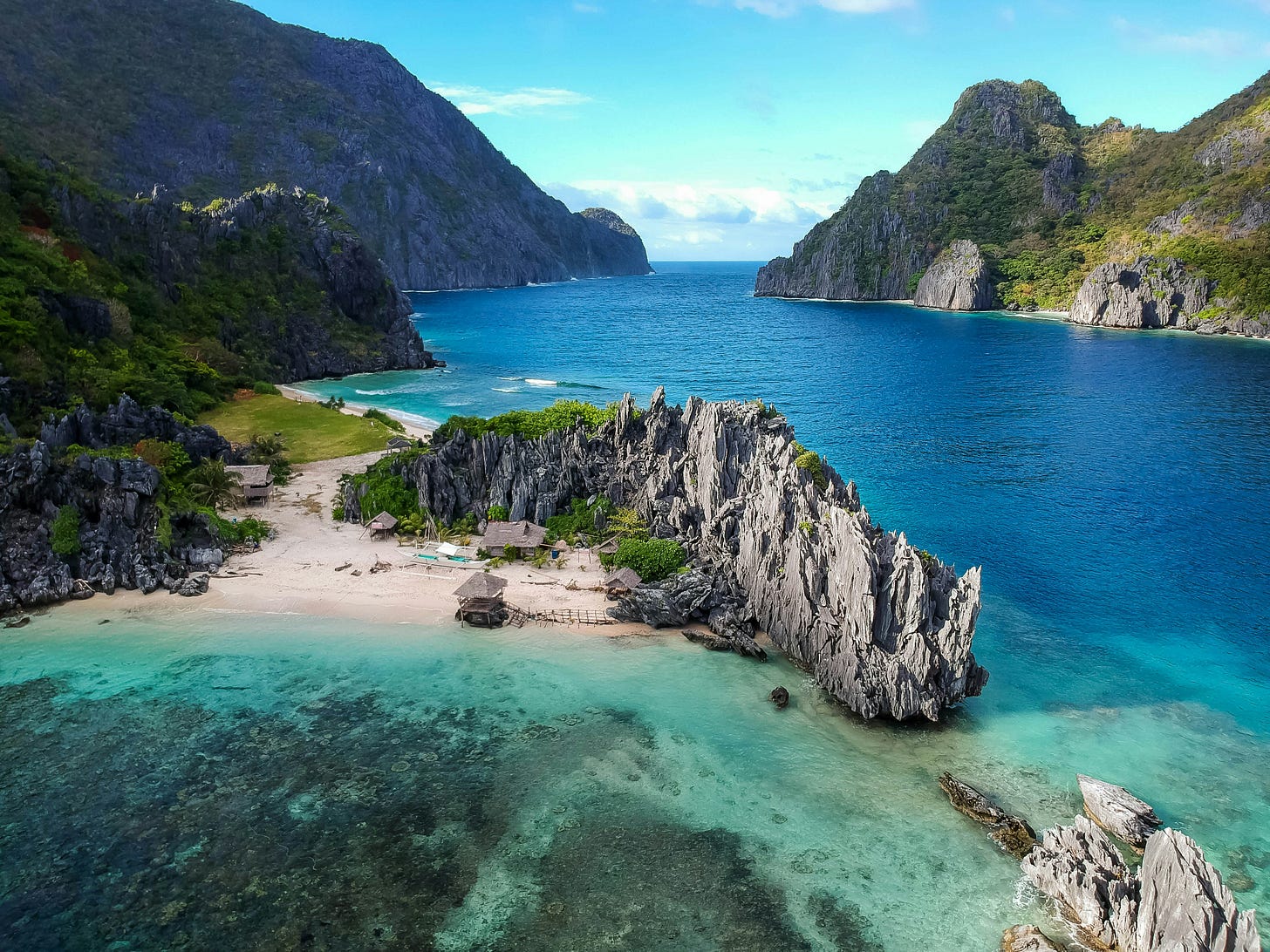Philippines Launches Digital Nomad Visa
What You Need to Know Before Making the Move
The Philippines has officially joined the growing list of countries offering a Digital Nomad Visa (DNV), aimed at attracting remote workers from around the world. Announced just days ago, this new visa program allows eligible foreign nationals to live and work in the archipelago for up to 12 months, with the possibility of renewal for another year.
For f…




